Tell us about your approach to photography. How it all started? What are your memories of your first shots?
Debby Huysmans (DH): I knew I wanted to be a photographer quite early on, and started to study photography when I was 15. I was always the one with the camera since I was a child. In my family I was always surrounded with a film camera, a photo camera and a binoculars. My mother was an amateur photographer and my father a bird watcher. It did something for me, framing the world and looking at this framed world. We had like a thousand of family slides. For hours I could watch them in my room. I loved the sound and the heat of the projector; the light, the dust flying between the projector and the image. But I started all this without knowing what photography was all about. In my first years with a ‘real’ camera, I always made images of one of my best friends. We went to the strangest places, with the strangest outfits. It was just fun. My own first images that really meant something to me where made at the academy in Ghent. It was there that I found out what photography was all about. We were encouraged to throw ourselves into the world and deal with that as a photographer. From then on I could follow up on my curiosity and the unknown.
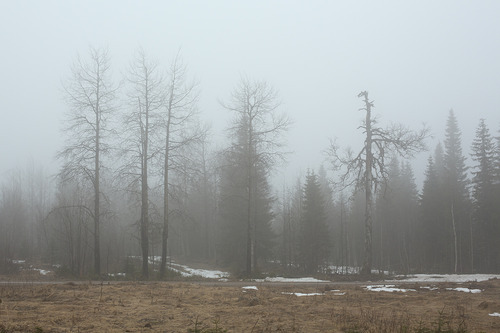
© Debby Huysmans from the series ‘Late Spring’
How did your research evolve with respect to those early days?
DH: In the beginning photography for me was a tool to make some stories visible and to observe. I mostly felt inspired when I could just use the camera to be in the world and to go to other, unknown places. But also walking around, observing and making images in an intuitive way. The first work I made at school that was really meaningful to me emerged when I started to follow a Polish community of seasonal workers, traveling with a Belgian circus. I just stepped into a completely unknown world and for me this had a very big influence in my further projects. I realized that being a photographer was a beautiful thing, I spent a lot of time with these people, we couldn’t speak with each other but the camera became a way of communication while travelling with these people day and night. I felt a very great devotion to this project. It became my first reportage series, black and white, I worked on very hard for several months. A few years later in my graduation year I travelled to Poland, to the village and families of these workers. For this project I really knew what I didn’t want to make, which was a traditional report. So I started to travel with this in mind which created an openess for all the rest that made me experiment with different forms. I wanted to be in the world but I tried to find a way to talk about this in a more subjective way, searching for another aesthetic. Eventually this resulted in my first book ’Elementarz’. One project leads to another and it’s always about questioning the medium, the image, again, searching for a right form. What works, what doesn’t? How does it communicate? How do things look like in an image? And how do images work together? How to make a photobook? Etc. I always start from the outer world, from a social involvement, and I always searching for a fresh form to tell my story.
Tell us about your educational path. What are your best memories of your studies?
DH: What was your relationship with photography at that time? I studied at the Art School, KASK, in Ghent, which was a wonderful time. That’s where I realized what photography was really about. Back then it was all about exploring the medium and trying to understand other photographer’s works.
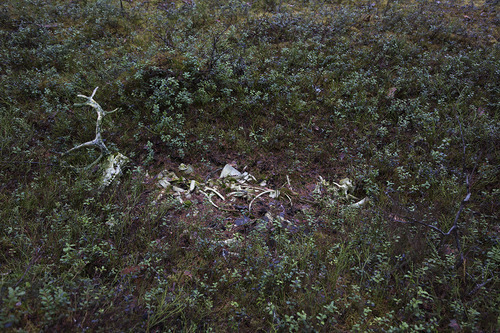
© Debby Huysmans from the series 'Late Spring’
What were the courses that you were passionate about and which have remained meaningful for you?
DH: During these 4 years there were many different courses that had some influence in my work and were inspiring. Getting to know the oeuvre of Rainer Werner Fassbinder, every friday morning listening to Stefan Hertmans, the philosophy courses, the art history courses… it was all new to me at that time and it had a big impact on me. But of course the whole program helped me to find my personal approach to photography. In the first years I mainly was occupied with learning to understand this new language. Learning to read the work of others. That’s how I started to learn the most, and finally how I learned to tell my own stories. I clearly remember one moment our teacher filled a table with photo books and gave us all the time to look. This was a groundbreaking moment for me and where I began to think a lot about photography as a medium. I also studied as an exchange student in the UK at Bournemouth and Pool College of Art and Design, the school where Wolfgang Tillmans had studied also. They had a big library and because we were very much left on our own I spend a lot of time there looking in books I had never seen before. This school was only 2 hours from London by bus, visiting London at that time made me see different interesting exhibitions. It was an intensive experience. So looking in books and trying to understand other photographer’s work was of a major importance in grasping with this language.
Any professor or teacher that has allowed you to better understand your work?
DH: Finally during my graduation year I had a very inspiring mentor Annelies De Mey, We had valuable meetings and she taught me how to handle the photographic form, how to be critical and how to develop an autonomous and personal work. I’m very grateful for this. I first experienced the process of bookmaking and fell in love with it.
What do you think about photography in the era of digital and social networking?
DH: I like the freedom of the digital era in the photographic process as well as the digitizing of information about what is going on nowadays in the world and in contemporary photography. But on the other hand sometimes the overkill of images and information can become discouraging.
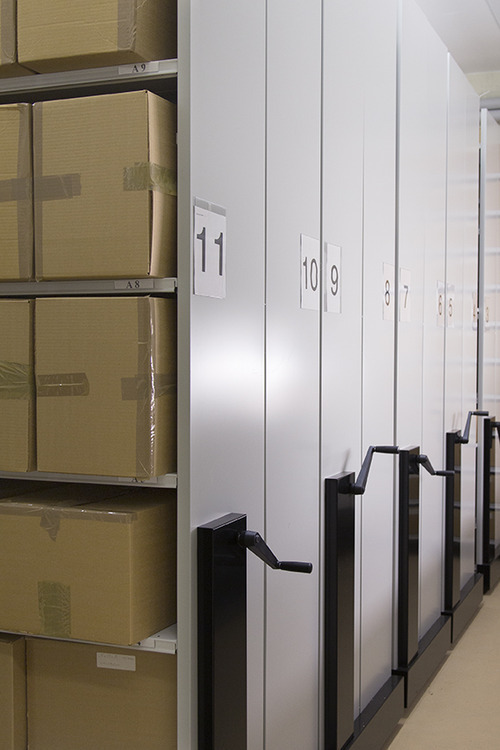
© Debby Huysmans from the series 'Late Spring’
About your work now. How would you describe your personal research in general?
DH: I mostly start from an unknown place. Without searching for something specific mostly there is some story, situation, some meeting that crosses my path and inspires me to start something. Then I start to think about how I can deal with this. How to find a fresh photographic language and to find the right form to transform my experience, without repeating myself. I don’t want to work with images that feel too safe to me. Every project is a continuing of my personal research and exploration of the photographic form. Mostly I look for everyday fragments that I can use to question things, depending on the project. I try to elevate this into atmospheric visual poetry, in this way the aesthetics are used to catch the viewer’s attention. For me this is an interesting way to ask the bigger questions in life. An image needs the tension between different layers in order to question and examine its subject. I use my camera to collect a lot of images to take with me to my studio. This is only a part of the process. The next important step in the process is deciding which images I will bring together. It’s all about the challenge of combining images, how does it work to bring certain images together? I like the feeling of disarrangement, but how much of this is needed?
Do you have any preferences in terms of cameras and format?
DH: In the analogue period I loved to work with my Pentax 67 but for several years I have been using with my 5D camera and I’m really happy with this way of working. I love the kind of freedom you get with the digital camera.
Tell us about your latest project 'Late Spring’
DH: The idea of this project started in 2010 during my first visit at Art Residency Mustarinda in Finland. A place surrounded by old-growth forests. Different stays at this art residency followed. The first moment when I was in this very old nature was very special to me. It almost had something of a spiritual experience, but most of all I was inspired by so many different stories about this place from the people I met. Each person had his own strategy, his own dream, philosophy or opinion, but all of them were involved and engaged with these mystical surroundings. It was not only a beautiful old rare place. Because of al the meetings it was clear that this was a quite complex place, a place which is constantly changing in relation with human kind. I started to explore this area and for this I started to follow different people who had their own strategy in dealing with this place. Walking, beholding, observing, telling and collecting, are just some of the methods used to clarify the mystery of this ancient woodland. For example there is Riitta, a biologist, who sensitizes people about nature. She takes people into the forest and makes them play specific games she invented to look at nature in another way. For example, One Square Meter, Color Card Game… She also took clowning courses in Italy. Playing the clown enables her to convince people of the forests’ importance in an accessible and playful manner. In this way she brings the story of the forest closer to people. But I also met with researchers who collect different forest liter which they store in a bank, together with samples of the past 100 years. I brought these different meetings and stories together. Showing these different images next to each other was a way to express the complexity of this place. I didn’t want to tell only one story because there simply wasn’t one story to tell. The character of this place was the complexity and the continuously moving dialogue between nature, the spirit and research. On the one hand there is the economical part like the paper industry lead by the government; on the other hand there are activists fighting to protect the natural state of the forest, each in their own way. There was always a clash between these different stories.
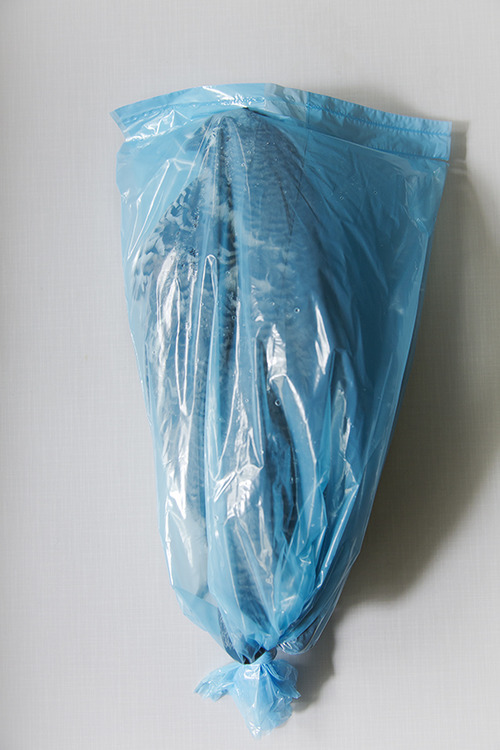
© Debby Huysmans from the series 'Late Spring’
Is there any contemporary artist or photographer, even if young and emerging, that influenced you in some way?
DH: Of course there are too many to mention, but if I would pick a few, a great master to me is Paul Graham. And I also like how Anouk Kruithof handles the medium although she covers a completely different area. But that’s what keeps it interesting; different views and other innovative ways of handling photography. I always keep an eye on new books that are coming out. I often see artists using photography in a quite intelligent way and that makes me happy.
Three books of photography that you recommend?
DH: I like the storytelling of Sara Lena Maierhofer in 'Dear Clark’. I’m very curious of the new book of Paul Graham 'Does Yellow River Runs Forever’ because I loved the different stories in his previous book A Shimmer of Possibility. And the latest book I bought was the beautiful publication ’Prolifération’ of Geert Goiris.
Is there any show you’ve seen recently that you find inspiring?
DH: Lately I saw different interesting exhibitions at the FotoMuseum in Antwerp, for example the exhibition of Broomberg and Chanarin, The 'Enclave’ of Richard Mosse and the exhibition of Vincent Delbrouck that is running at the moment.
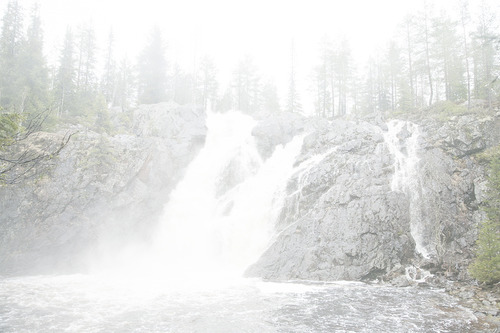
© Debby Huysmans from the series 'Late Spring’
Projects that you are working on now and plans for the future?
DH: I’m experimenting with different things all the time. As said before, this is my way of working. It’s a process. So I will be continuing making more books and exploring the language of photography. One of the experiments running now is 'Shaking Trees’, an exchange project with Riitta, the biologist from 'Late Spring’. When I said goodbye to her in Finland I knew I wanted to work with her again. From then on she gave me instructions I had to follow up within nature. I see it as a kind of performance I have to do. Sometimes I take different people with me to experience this performance. It’s about the alienation between modern man and nature. In an artificial way I bring them back together with this project. I try to help to realize Riitta’s goal, to sensitize people to their natural environment. I’m trying to make a publication of 'Elk Island Construction Workers, made in Moscow’. It’s a work that works very well in a book and works completely different than my other books.
---
LINKS
Debby Huysmans
Belgium
share this page